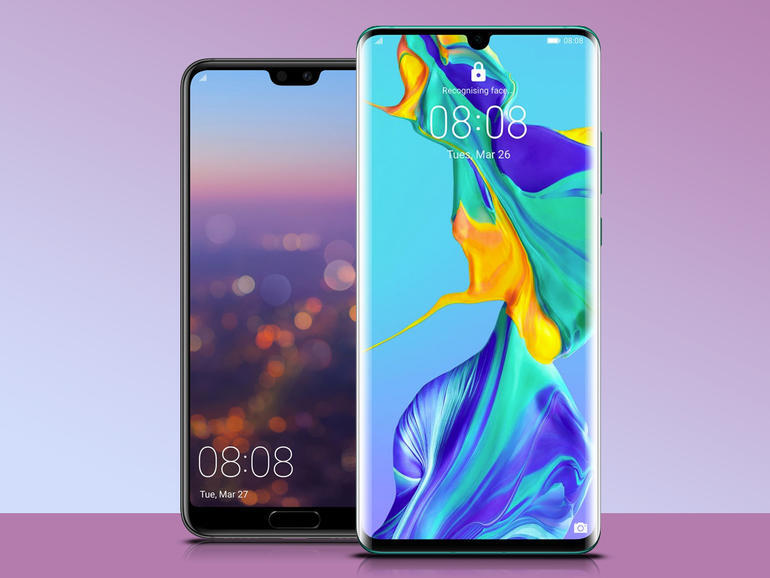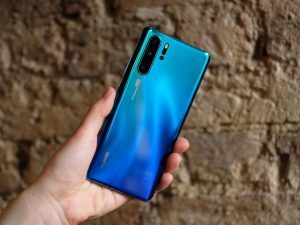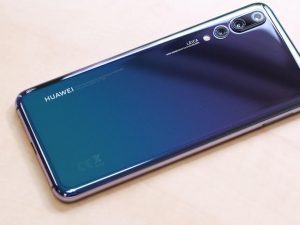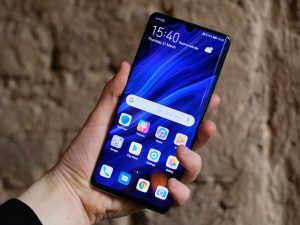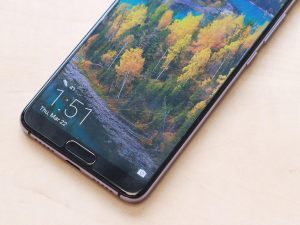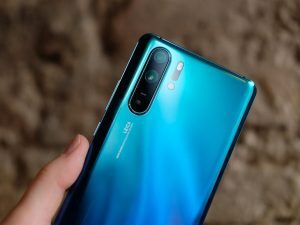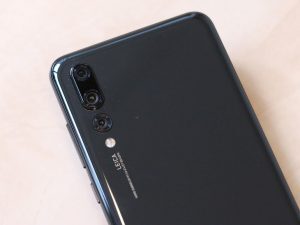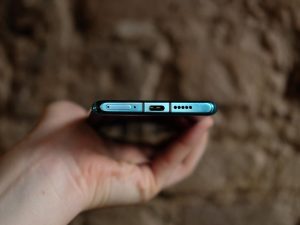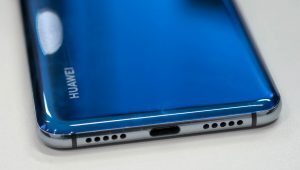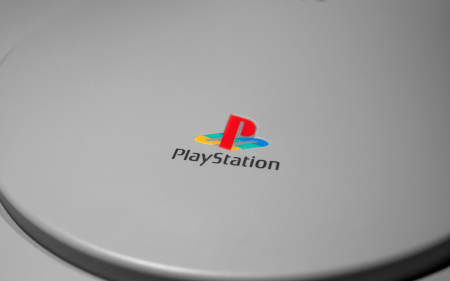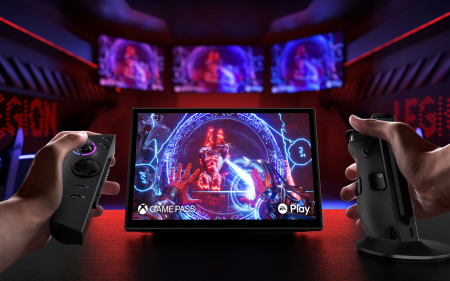This time around, it’s got four cameras and features plenty of upgrades over last year’s handset.
The Huawei P20 Pro was our favourite smartphone for most of 2018, and was only defeated by Huawei’s next big flagship, the Mate 20 Pro. Is it already time to pass the mantle to the next heir?
Huawei just took the wraps off of the P30 Pro at its recent Paris event, and it seems to find the middle ground between the previous two flagships — pulling together specs and design elements from both superstar handsets to create one of the most compelling early handsets of 2019. Did we mention that it now has four back cameras? That’s insane. In a good way.
We’ve just been hands-on with the P30 Pro, so here’s a look at how Huawei’s latest compares with last year’s stellar P20 Pro.
Design: Bring on the shimmer
We were so wowed with the backing designs of the Huawei P20 Pro that we kind of gave a pass to the front, but in hindsight it was a bit confused. Putting the fingerprint sensor on the bottom gave the phone a big chin, while still keeping a notch at the top. It was fine, but hardly the most cohesive approach.
Of course, the back more than made up for any qualms there. With the Twilight gradient finish and other versions to follow, it dazzled in a way that previous smartphones hadn’t. And the P30 Pro carries that torch, thankfully, with Pearl White, Breathing Crystal (or ‘Unicorn Hide’ according to our editor, Craig), Aurora, and a fiery Amber Sunrise finish available this time around. Oh, and there’s plain ol’ Black, if you’re boring/practical like that.
And on the front, the tiny teardrop notch and smaller chin definitely seem like an upgrade. It might feel a little 2018 in the Android flagship space given Samsung’s move into punch-hole territory with the Galaxy S10 line, but it still looks pretty good to us, especially considering the megapixels crammed into that notch.
Screen: Yep, bigger is better
You’ll gain a little more screen real estate with the switch from a wider notch to a teardrop, and it’s also larger at 6.47in compared to 6.1in on the P20 Pro.
However, Huawei has stuck with 1080p resolution again for this AMOLED, and the pixels might be a smidge more noticeable on that larger panel. It’s a little disappointing since the Mate 20 Pro swapped to a higher-resolution Quad HD panel with sterling results, but the P30 Pro’s screen still looked good during our brief time with it.
Camera: Gimme a 5, gimme a 10, gimme a 50!
Here’s where the P30 Pro really hopes to assert its claim to the smartphone throne. Last year’s P30 Pro had three back cameras, delivering 3x optical and 5x hybrid zoom, but Huawei’s gone one bigger this time around: four back cameras and 10x purportedly lossless zoom.
It’s achieved via what comes out to a 7.8x optical zoom paired with further data from the main sensor to get it to Huawei’s claimed 10x mark. And the results looked very impressive in our initial testing. You’ve certainly never seen anything like it on another smartphone, since zooming that far usually just gets you horrifically pixelated results.
It’s handled via a 40MP 27mm f/1.6 ultra wide-angle main sensor, a 20MP wide-angle 16mm f/2.2, and an 8MP 5x optical periscope zoom lens, along with a new time-of-flight (ToF) sensor that delivers additional depth data. We’re excited to spend more time with it, as well as to test out the ability to record video from two cameras at once.
Meanwhile, the P20 Pro was ahead of the pack for a while until the Mate 20 Pro improved upon it. The P20 Pro had a 40MP main RBG sensor, 20MP monochromatic sensor, and an 8MP telephoto sensor on the back, and was the smartphone camera champ for much of 2018.
Performance: More power onboard
The P30 Pro is a generation ahead of its predecessor, naturally, using the newer Kirin 980 chip instead of the previous Kirin 970. Both are pretty powerful chips, but the Kirin 980 packs in a lot more transistors and can more easily handle intensive tasks, as well as keep pace with the Qualcomm Snapdragon 855 and Samsung Exynos 9820 chips seen in other new Androids.
Everything felt pretty speedy during our hands-on test, and EMUI 9.0 (based on Android 9 Pie) has some nice enhancements over previous versions. The P30 Pro also has more RAM, with 8GB vs. 6GB in the P20 Pro.
Battery and perks: Some upgrades
Quite likely, battery life will be about the same. The P30 Pro has a 4,200mAh battery pack, but has to contend with that larger screen, while the P20 Pro had 4,000mAh on hand. The P20 Pro was built for a strong day-and-a-half of uptime, and the P30 Pro should match it.
The P30 Pro offers wireless charging, and also has the same reverse wireless charging feature as the Mate 20 Pro, letting you top up a friend’s phone on the back. The P20 Pro has neither (but we still <3 it).
In terms of storage, the P20 Pro came in 128GB and 256GB varieties with no option for expandable memory. The P30 Pro matches those internal storage counts and adds a third 512GB option, but also allows for Huawei’s own Nano Memory cards if you end up wanting more space down the line.
Initial verdict: Should you upgrade?
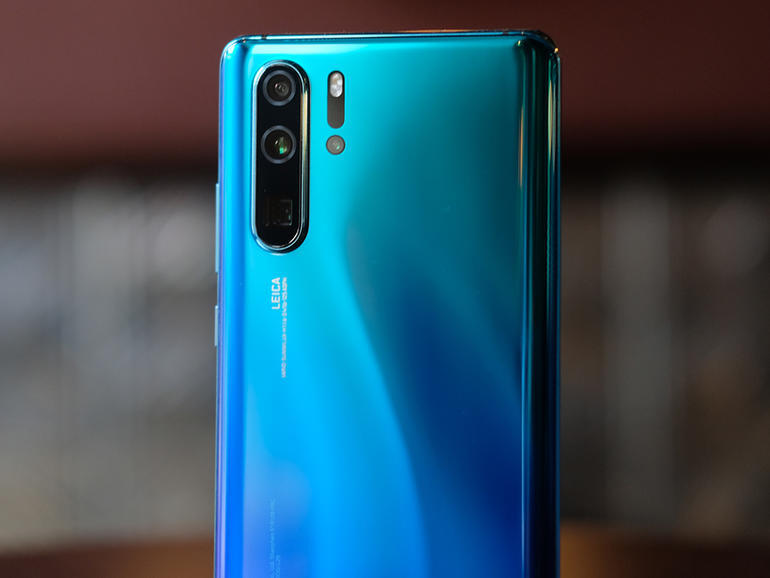 If the 10x zoom camera setup lives up to its potential, then the Huawei P30 Pro could well become our new favourite smartphone. It feels a little more incremental of an upgrade this time around, since last year’s phone was such a dazzling shift for Huawei, but the enhancements here could prove to be very significant indeed.
If the 10x zoom camera setup lives up to its potential, then the Huawei P30 Pro could well become our new favourite smartphone. It feels a little more incremental of an upgrade this time around, since last year’s phone was such a dazzling shift for Huawei, but the enhancements here could prove to be very significant indeed.
If you already have the P20 Pro, will you want to upgrade? Quite possibly, yes. There are some things about the P20 Pro that have been quickly improved upon or bested by other handsets, although it remains a very strong handset. For most people, we think it’ll come down to how well the 10x zoom actually holds up – and we’ll have to wait and see on that front.
Stay tuned for our full Huawei P30 Pro review in the near future!

